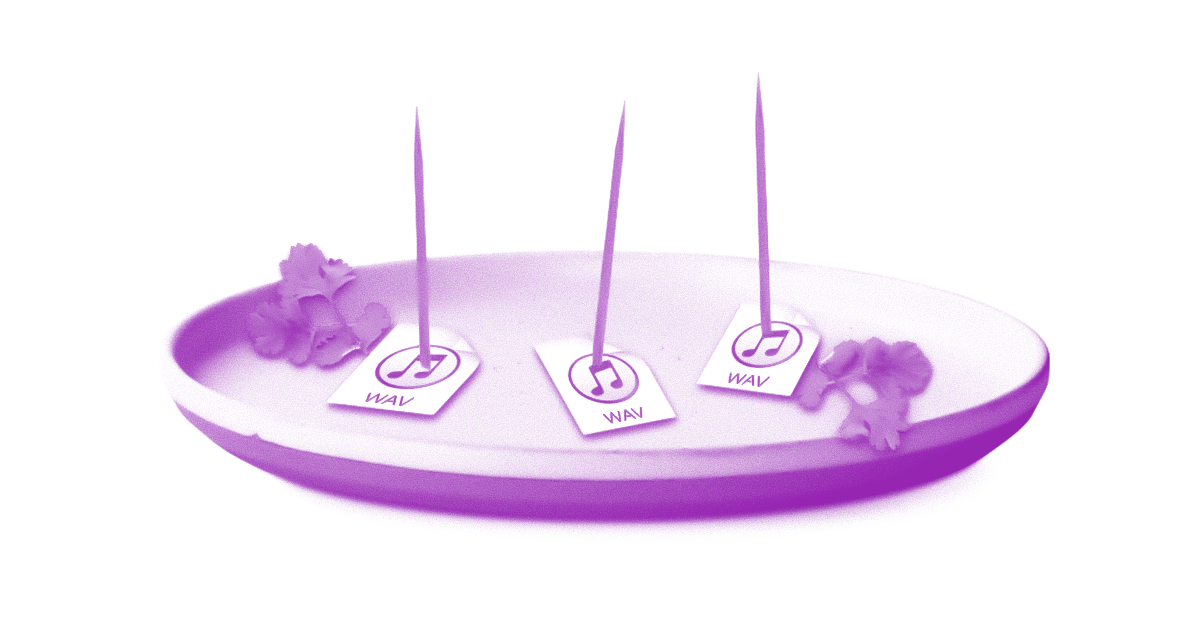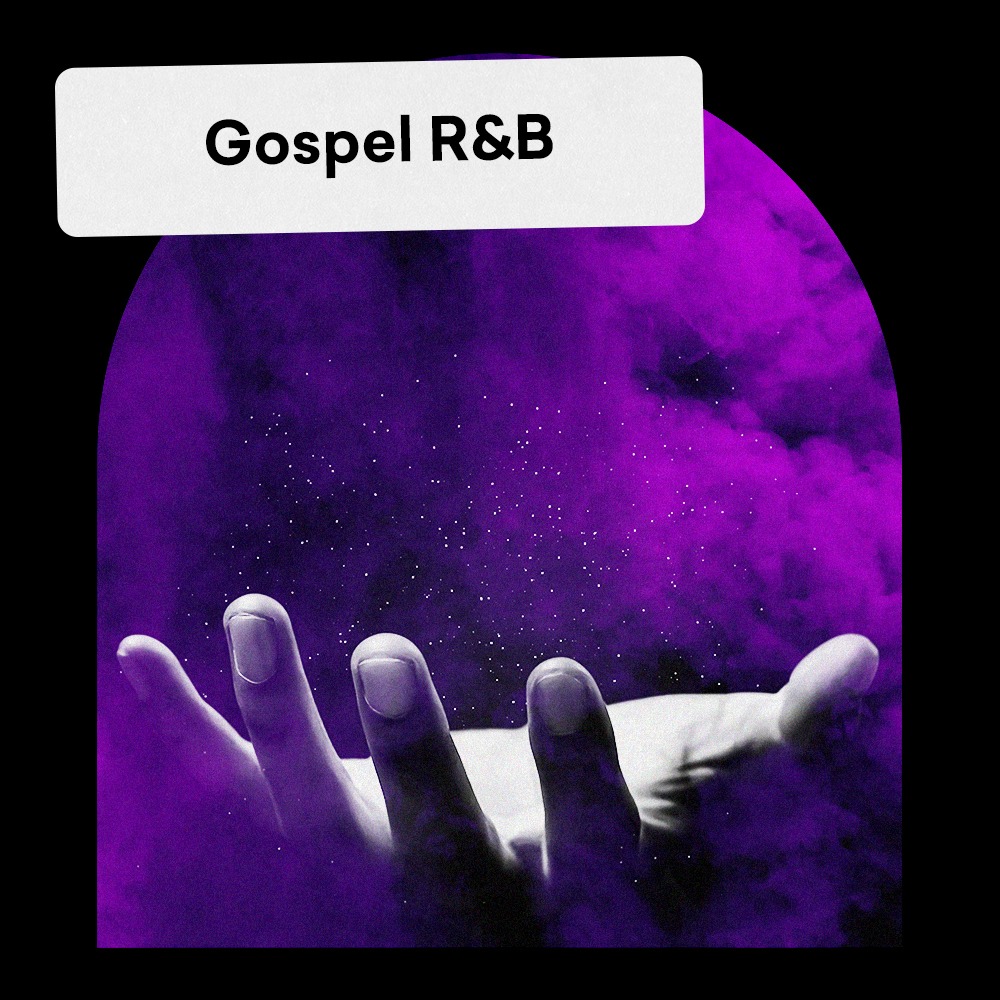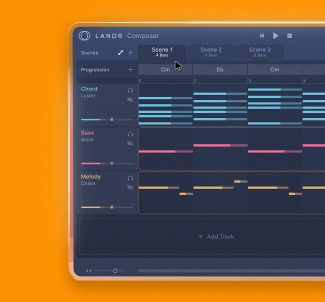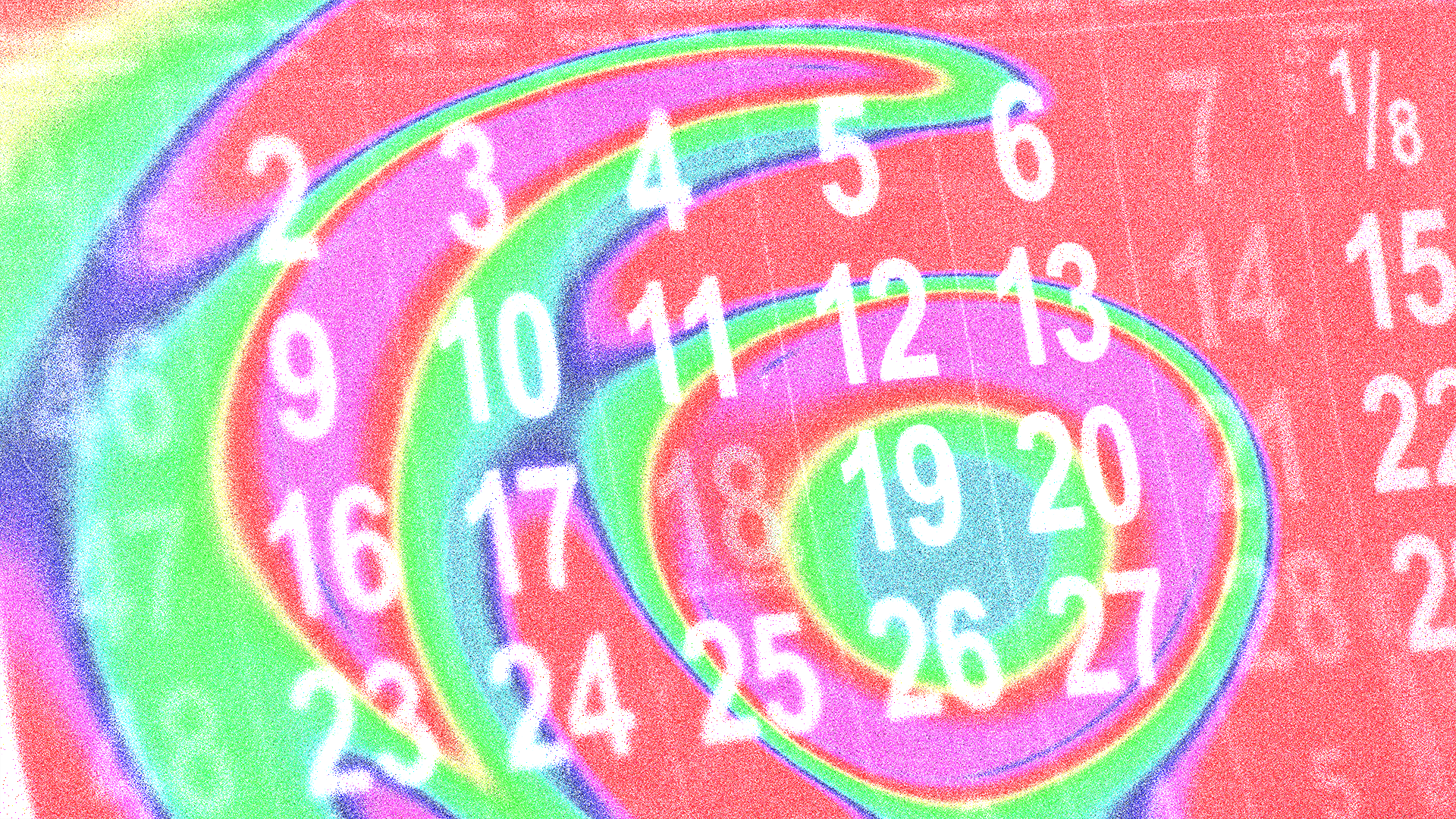
Gospel Chords: 10 Chords You Need to Play Soulful Gospel Music

Gospel music has a special, soulful sound that’s inspired so much modern music.
The chords you’ll hear in gospel music easily translate to neo-soul, R&B and jazz—there’s a reason why many of today’s biggest artists got their start playing and singing in gospel choirs.
So learning your gospel chords is great because those sounds translate into so many different use cases and will make you a better player.
Learning how to play gospel music is all about learning how to voice chords with different extensions around fairly common chord progressions.
There’s really not a set of chord progressions that are unique to gospel music.
The genre uses many of the same progressions as jazz and soul music—you’ll hear a lot of 2-5-1’s and 3-6-2-5-1’s for example.
If you want to practice over a chord progression I suggest picking out a classic gospel tune and learning what voicings and chords you like.
How to understand the chords in this article
I’ve written out some examples for you to hear and see how these chords look like.
All of these chords fit within the key of C major.
I’m following the diatonic chord qualities of each step of the scale in that key.
Pick out a classic gospel tune and learn what voicings and chords you like.
So, if you need to go back and learn why an A chord in C major is a minor chord, for example—it might help to learn how diatonic chords work first.
Okay, let’s dive into the ten most important gospel chords you need to know!
1. Add 9 chords
Take a major triad and add the second note of the chord.
For example, in a C major chord, you’d add a D note somewhere in the voicing of the chord to make it a Cadd9.
Gospel piano players like to tuck the add9 note between the root and third, to create a crunchier sound that sticks out.
You can use add9 on any major chord in the diatonic scale—meaning an add9 chord will work great on the first, fourth and fifth chords in your key.
Add9 chords will work great on the first, fourth and fifth chords in your key.
Don’t be afraid to try different inversions of these major chords—putting different notes in the bass and keeping that major second note in the chord structure creates a whole world of possibilities.
2. Minor 9 chords
Minor 9 chords contain a minor seventh chord and add a major second from the root within the voicing of the chord.
In the diatonic major chord scale, you’ll find minor chords on the second, third and sixth degrees—so you can very easily add some gospel vibes by changing those minor chords into minor 9 chords.
Just be careful on the third degree, since the minor second on this degree is out of your major key’s scale and will sound very dissonant and jazzier.
If you’re trying for a more clean-cut gospel chord sound, stick to a minor 7 on the third degree.
3. Diminished 7th chords
The diminished 7th is a very symmetrical chord because it’s essentially three minor third intervals stacked on top of each other.
Diminished 7ths are basically three minor third intervals stacked on top of each other.
This chord type is a bit unique because they’re really only three unique diminished chords that C, C# and D. Every other kind of diminished chord is just an inversion of those three.
Because of that diminished chords create quite a lot of tension and when used in a gospel context they’re typically a focal point before resolving to the one chord.
4. Half diminished chords
The half-diminished chord is very similar to the diminished chord, except that the top note of the chord is a minor seven instead of a diminished seven.
In jazz and gospel, this chord may also be called the minor 7 flat 5 chord. For some, it’s an easier way of understanding the chord, since the half-diminished chord is a minor 7 chord with a flattened 5th.
A nice place to use this kind of chord could be on the two chord—especially if you’re playing a 2-5-1 to resolve to the major root chord.
Using minor 7 flat 5 on the two-chord in a major key is known as a borrowed chord because it borrows from the parallel minor key.
5. Major 9 chords
The major 9 chord is a chord you’ll find in a lot of genres like lo-fi, R&B and neo-soul, so it’s no surprise that gospel music makes use of it too.
Major 9 chords add a ninth extension to a major 7th chord—adding even more smoothness and richness to the major 7th chord.
Consider using it to add extra color to your voicings on the four and five chords of chord progression.
Generally, wherever you’re already using an add nine a major nine will work too, since the major nine is essentially an add nine with an extra major seventh.
6. 6/9 chords
In a 6/9 chord, you take a major chord and extend it by adding a sixth and ninth—it’s a great way to sweeten up your typical major triad.
And when voiced well in the bass, it can be a great way to give your one chord some interesting qualities beyond the add nine sound.
A 6/9 on the one is often used in gospel music when coming out of a 2-5-1 progression.
In general, the chord can be used as a substitute for any add 9 or major 9 chord you use.
7. Minor 11th chords
The minor 11th chord is another chord that gets used a lot in lo-fi, neo-soul and of course gospel music—this chord was a favorite of Miles Davis in Kind of Blue too!
The minor 11th chord was a favorite of Miles Davis in Kind of Blue.
In theory, the minor 11th chord adds an 11th to the minor 9th chord, meaning you have the minor seventh chord with two extensions on top.
In reality, this chord is often played omitting the root or fifth note, especially on guitar, because it’s such a busy chord already and those more neutral-sounding notes don’t add a whole lot.
On the keys, you’ll find that this chord especially uses very clustered voicings to create harmonically complex, thick sound.
Minor 11th chords are yet another way to spice up transitive 2-5-1 progressions and other diatonic minor chords.
Don’t be too intimidated by all the extensions, since these notes all exist in key and won’t require you do go to any weird sharps or flats.
8. Dominant 7 flat 9 flat 13
Okay, we’re getting into more complicated territory with this chord that fits into the altered chord category.
Before diving into this one make sure you understand how dominant chords work—specifically their use of the minor seventh interval forming a tritone with the major third.
Dominant seventh chords with flat ninth and flat thirteenth extensions add some beautiful dissonant textures.
This makes it an excellent chord to use when going through a turnaround progression.
For example, it could be used when rounding out the sixth chord of a 3-6-2-5-1 chord progression.
Of course, in many blues and gospel progressions its not uncommon to hear the dominant 7th chord used on the fourth and fifth chords—so keep that in mind as you experiment with gospel music.
9. The dominant 7 sharp 5 sharp 9
The dominant seven sharp 5 sharp 9 chord is another altered chord that works well as a substitute for dominant chords.
You may use it as a variant of the dominant seventh flat nine flat thirteen chord mentioned above—except with a sharp seventh and sharp ninth.
In a 3-6-2-5-1 progression, it’ll sound great on the three or sixth chords, for example.
10. Dominant 9 Sus 4
As I mentioned earlier, dominant chords work well on the four and five chords, especially in blues and gospel contexts.
A great way to alter these dormant seventh chords, especially when going back to the one chord is by suspending the third to the fourth interval of the chord.
Suspended chords are always beginning to resolve to the root chord, and by adding these voicings to your chord progressions it’ll make the return to the root all the more satisfying.
Also, because the suspended fourth eliminates the harsher tritone in your standard dominant chord, this gives it softer, less aggressive quality.
Play around and learn the feel
The only way to get better at playing gospel music is by practicing it.
So much about this genre is about learning what chord voicings work well together—the cool part is that you get to decide what sounds good and what doesn’t.
But listening to experienced gospel players will help you hear what they’re doing to make a certain, especially as you start picking up these chords in your own practice.
These are beautiful chords that add so much to any song, so have fun learning them and keep practicing!
Here’s what I was able to make with the help of LANDR Composer, using all the chords I went over in this article.
Gear guides, tips, tutorials, inspiration and more—delivered weekly.
Keep up with the LANDR Blog.







